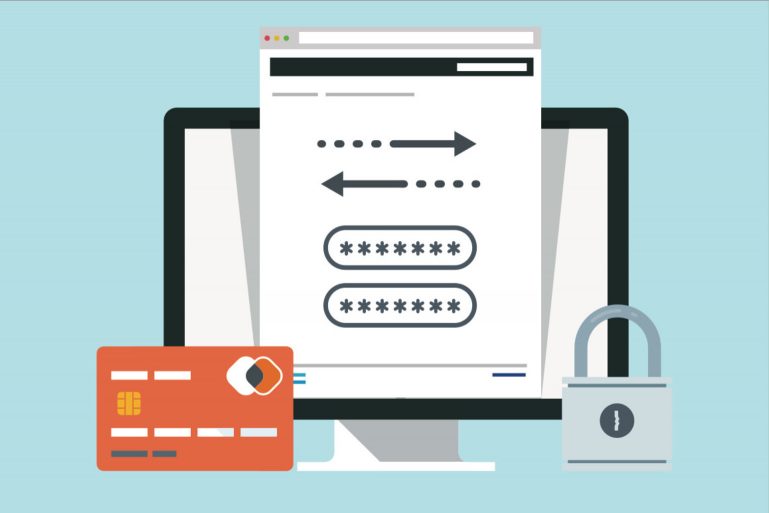
Don’t Let EMV Fallback Transactions Put You In A Bind
Just in case you haven’t heard, effective October 1st, 2015, US merchants who have not upgraded their point-of-sale system to support chip cards may be held liable for fraudulent transactions that take place in their business location.
To recap, this shift is taking place in an attempt to minimize credit card fraud in the US, which is currently responsible for 50% of the world’s credit card fraud. What you may not be aware of however, are Fallback transactions and what it might mean if this type of transaction takes place in your business. Here’s what you should to better protect your business and customers against fraud.
What Are EMV Fallback Transactions?
A Fallback transaction takes place when a transaction is initiated between an EMV chip card reader and an EMV-enabled chip card but the chip on the card cannot be read. As a result, the terminal “falls back” on, or in other words, relies on the magnetic stripe data (less secure data) in order to complete the transaction.
SEE ALSO:The EMV Shift: What You Need To Know Before October 1st
Why Do Fallback Transactions Happen?
There are several scenarios that can cause a Fallback transaction to occur at an EMV-capable credit card terminal, requiring the merchant to use the magnetic stripe reader to accept payment:
Non-chip terminal. The merchant’s terminal does not support EMV chip cards. In this scenario, the magnetic stripe reader becomes the default option to process payment. If the transaction turns out to be fraudulent, the merchant is held liable for any losses associated with the transaction.
Damaged card or dirty card reader. If the card is damaged, the EMV chip card reader may not be able to read the chip on the card. Dirty or damaged contacts on the card reader can also prevent communication between the reader and the chip on the card.
Compatibility issues. In rare cases, the terminal’s EMV kernel and the card’s chip may support different versions of EMV technology. If this occurs, you should contact your point of sale provider or credit card processor for more detail.
Incomplete EMV migration. The merchant’s terminal is EMV-capable but not EMV-enabled. Just because your technology has the ability to accept EMV chip cards, does not mean it will be able to do so by the October 1st deadline. In order for an EMV chip card transaction to successfully take place, all external stakeholders have to be EMV-compliant. In other words, the financial institution approving the transaction, payment processor, and POS hardware must all be compliant.
SEE ALSO: The Busy Small Business Owner’s EMV Liability Checklist
Fraud. With this shift in payment technology will come new ways for fraudsters to attempt fraudulent transactions. If a chip card or chip card reader is not responding normally, proceed with caution. Although this could be a sign that the credit card reader or chip card is damaged, it can also indicate that the chip on the card has been tampered with, in an attempt to disable or circumvent the chip verification requirement (a critical security measure). Merchants may opt to accept a Fallback transaction in this scenario, however, it might be wiser to request an alternative form of payment.
Protect Your Business for the Liability Shift: Upgrade to an EMV-Enabled POS Terminal
While the October 1st EMV liability shift won’t solve all of your security problems, migrating to an EMV point of sale system is the best way to avoid liability for fraudulent transactions while boosting consumer confidence in your business. Make sure you are prepared by upgrading to EMV point of sale hardware that has future-proofing your business in mind. Not all merchants will have transitioned to EMV chip cards by October 1st, so you want to make sure that your business is prepared to accept multiple payment types such as magnetic stripe and emerging payment technology like Apple Pay.
Want to try ShopKeep for yourself?
Just answer a few easy questions.
Need help finding the right point of sale?
Just complete the form. We’ll call you right back to explain how ShopKeep can work for you.
Hit the ground running.Sprinting, in fact!
Read our free, comprehensive guide, Small Business 101, to learn all you need to know about starting a thriving business.

